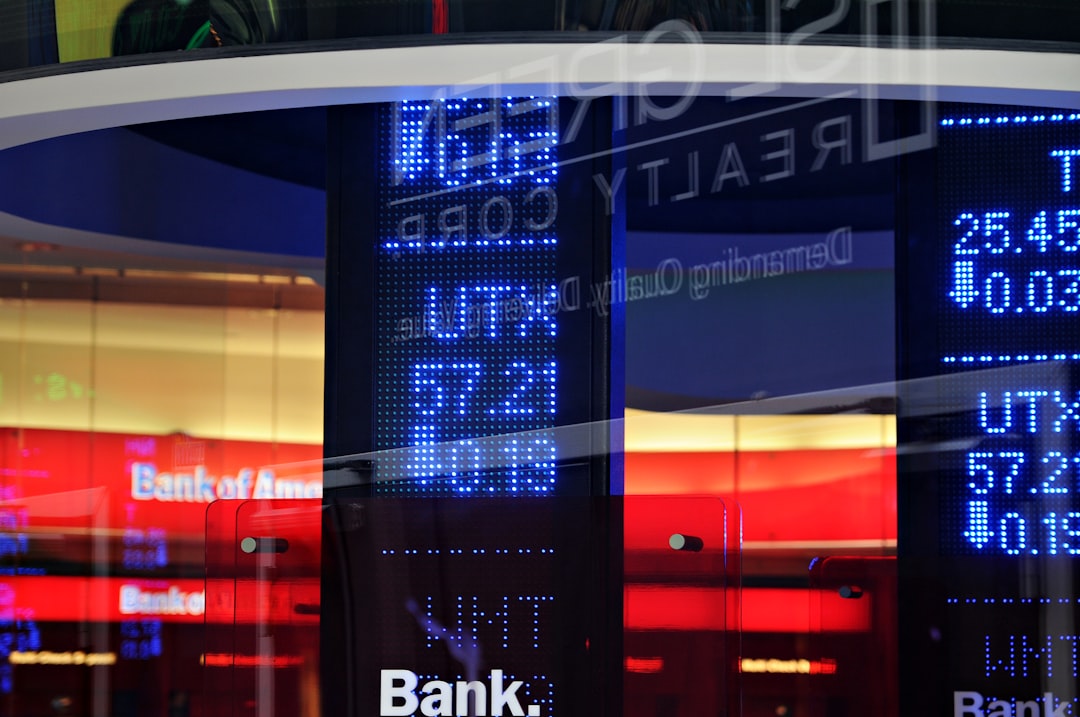The S&P 500 finished slightly lower on Wednesday, weighed down by weaker-than-expected U.S. private payrolls data and rising trade tensions ahead of an anticipated call between President Trump and President Xi Jinping. At close (4:00 p.m. ET), the Dow Jones Industrial Average fell 92 points (−0.2%), the S&P 500 ended flat, and the Nasdaq Composite climbed 0.3%.
ADP Report Undershoots Forecasts
On Wednesday morning, the ADP National Employment Report showed 37,000 new private-sector jobs added in May—well below consensus estimates of 160,000 and an April upwardly revised 60,000. This broad softening in the labor market comes as the economy grapples with ongoing tariff uncertainties.
-
Why It Matters:
-
The ADP release often foreshadows Friday’s Bureau of Labor Statistics’ nonfarm payrolls, which economists expect to show 130,000 jobs added.
-
A Calendar of U.S. Economic Releases can help track the BLS report timing and other key indicators. economics-calendar
-
Trump’s Reaction: “Powell Must LOWER THE RATE”
President Trump took to Truth Social to chastise Fed Chair Jerome Powell in response to the disappointing ADP figure:
“ADP NUMBER OUT!!! ‘Too Late’ Powell must now LOWER THE RATE”
The tweet underscores the White House’s impatience with the Fed’s current policy stance, even as Chairman Powell has emphasized a data‑dependent approach. With trade‑policy headwinds weighing on growth, market participants are watching closely for any shift in Fed rhetoric following this labor‑market softening.
Beige Book Signals Slowing Activity
Also on Wednesday, the Fed’s Beige Book flagged that “half of the Districts reported slight to moderate declines in activity,” while “three Districts reported no change” and “three Districts reported slight growth.” The report underscores a patchwork slowdown that mirrors uneven labor trends.
How Trade Tensions Are Compounding Uncertainty
With Trump set to speak to Xi this week, investors are bracing for potential headline volatility:
-
U.S.–China Tariff Rhetoric: Any sign of renewed tariff escalation could rattle risk assets, even if leaders agree to modest concessions.
-
Tariff‑Driven Economic Drag: Rising duties on e.g.e.g. steel, aluminum, and technology inputs are pushing up costs for businesses, which could further pressure hiring and investment.
Though markets have priced in a partial thaw after the mid‑May tariff truce, the looming call between Trump and Xi remains a key catalyst. Successful dialogue could rekindle equities, while any sign of breakdown may spark fresh volatility.
Sector Performance and Market Movers
Despite the S&P 500’s flat finish, certain sectors stood out:
-
Technology: The Nasdaq’s +0.3% gain was driven by strength in chipmakers and software names, which have been less directly exposed to tariffs.
-
Industrials and Materials: Shares in these groups lagged as investors fretted over slowing factory activity and potential input‑cost pressures.
-
Financials: Treasuries held relatively steady, keeping mortgage rates in check; however, banks faced mixed trading ahead of Friday’s jobless claims and payrolls data.
For real‑time insights into which stocks are drawing the most trading volume and moving sharply, consult the Market – Most Active API. market-most-active
What to Watch Next
-
U.S. Jobs Report (Friday at 8:30 a.m. ET):
-
Consensus expects 130,000 nonfarm payrolls and a stable 3.7% unemployment rate. A shortfall could further pressure Treasury yields lower, while a beat may tighten financial conditions.
-
-
Fed Speak and Policy Minutes:
-
Keep an eye on any post‑meeting commentary from Fed officials. Clarifications on the labor data impact will be key.
-
-
Trump‑Xi Call Outcomes:
-
Track official White House releases or Chinese Ministry of Commerce statements for any trade‑policy adjustments.
-
Bottom Line: Wednesday’s muted equity action highlights the uneasy balance between softening labor data and the hope that a Trump‑Xi conversation will ease tariff fears. By monitoring the economic calendar and active stock leaders, investors can stay prepared for the next potential market swing.




